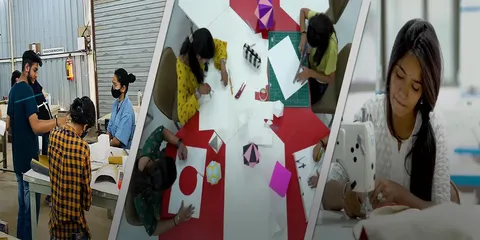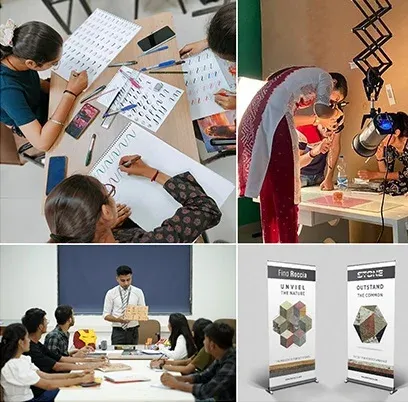
Visual Communication Design
In the world we live in today, digitization is the inevitable truth of life. Our lives revolve around digital media. Every minute, we process information from numerous sources in the form of videos, images, ads, graphics, reels, and much more. Hence, every business requires a certain form of communication in order to sell their products and or services. Thus, Visual Communication Designing shapes our lives directly and indirectly in the ways we hardly even realize. It has become an incredibly significant field of study in today’s time offering a wide spectrum of opportunities.
Visual communication design is an impressive amalgamation of both communication design and graphic design. Whither Graphic Design is a highly specialized discipline focusing on creating key visual elements, and Communication Design is a more generalized field focusing on formulating broader campaigns or strategies, visual communication design can be thought of as existing somewhere in between the two. It is the practice of creating strategic visuals to express a specific message or tell a specific story to an audience.
We at SOID teach our students the use of colour theory, typography, drawing, design software, data visualization, design for web and print, branding, and identity design. Our course intersects closely with other disciplines including user experience, photography and illustration to help students shape their career paths in the fields as diverse as graphic designing, professional digital photography and retouching, digital or analogue illustration and publication, professional digital animation, advertising, website design, and marketing. We help our students develop sound technical and creative skills in the right proportion to give competent designers in the blooming field of Visual Communication.

HIGHLIGHTS
- Typography
- Photography
- Information Graphics
- Print and Packaging Design
- Corporate Identity Design
- Storytelling and Script Writing
- Exhibition Design
- Social Media
- Animation Design
- Ads Films & Documentaries
- Industry Internship
- Graduation Project
Curriculum 22-23
BOS - B.Des.
Course Structure
BACK